
Wandering Through the Wonders of Peru: A Journey of Culture, Food, Nature, and History
If you’ve ever dreamed of a country where every turn offers something new — from mouthwatering food to ancient ruins and landscapes that seem to dance with color — then pack your bags, your sense of adventure, and maybe some comfortable shoes.
TRAVEL STORIESPERU


Embracing the Heartbeat of Peru: Culture
Read about the diverse and colorful culture of Peru
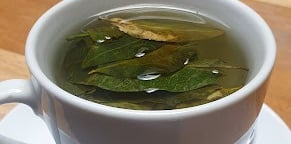

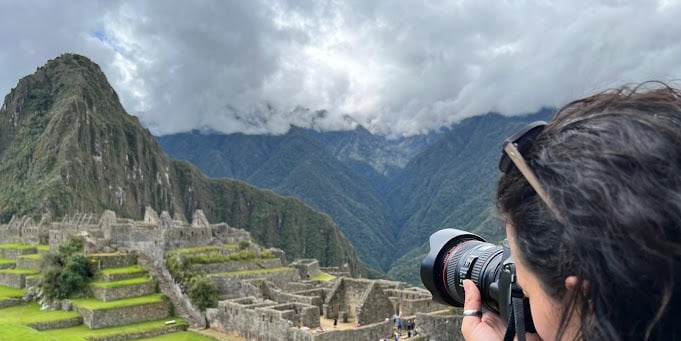

Food: A Feast of Flavors—A True Peruvian Passion
Explore new flavours
Nature and History
From Incas to mythology and from huge mountains to bright green fields, explore Peru's beautiful history and breathtaking landscape


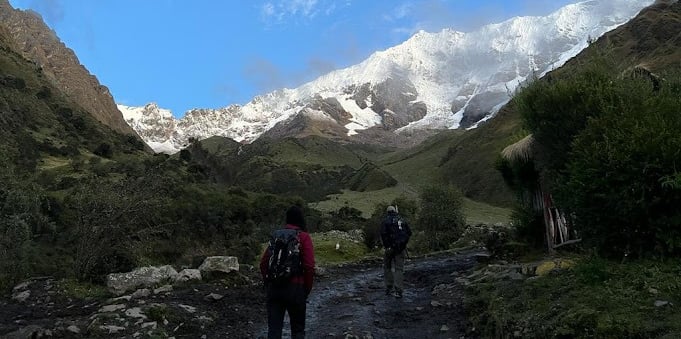

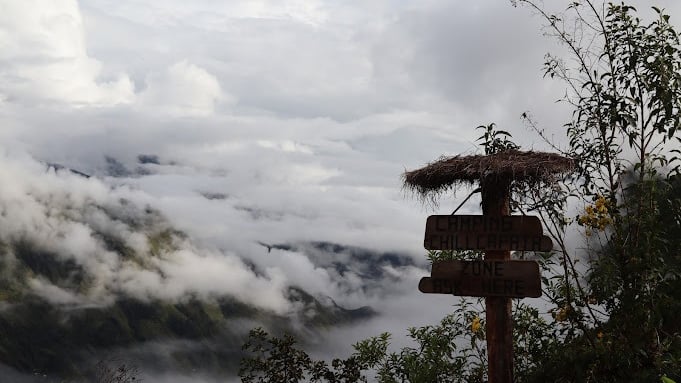

Things to Know before you go
Read about the diverse and colorful culture of Peru
Personal Story
Full Itineraries
There is so much to do in Peru! Get an idea by reading our personal story
Jump directly to our full itineraries and explore your options to plan you own trip
Embracing the Heartbeat of Peru: Culture
Let’s start with the culture, shall we? Peru is a place where the past is as alive as the present, where the mountains whisper stories of ancient civilizations, and where every meal is an invitation to indulge in a kaleidoscope of flavors. It’s a country of extremes — from the towering Andes to the dense Amazon jungle, from the vast deserts to the crystal-clear lakes — and no matter how you explore it, you’re guaranteed an experience that will stay with you forever.
Everywhere you go, you’ll find whispers of the Inca civilization, the oldest known culture in the Americas. You’ll walk through ancient Inca sites like Machu Picchu, Sacsayhuamán, and Ollantaytambo, where every stone seems to hold a secret. The Quechua people still live in the Sacred Valley, maintaining traditions that stretch back hundreds of years. In Cusco, the heart of the Inca Empire, the streets themselves seem to pulse with energy. The city’s architecture is a stunning fusion of Inca stonework and colonial Spanish influence. Every building tells a tale, every plaza holds a memory.
The cultural landscape of Peru is a vivid tapestry woven from the threads of its rich indigenous heritage and the influences of various historical epochs. This unique blend has created a society that thrives on traditions, festivals, and customs that resonate in the lives of its people. The essence of Peruvian culture is predominantly shaped by its numerous indigenous groups, each contributing to a complex social fabric defined by languages, music, and folklore.
Throughout the year, vibrant festivals punctuate the Peruvian calendar, showcasing local customs and traditions. For instance, the Inti Raymi festival in Cusco commemorates the Incan sun god and is marked by colorful parades, traditional music, and elaborate costumes. Such celebrations not only honor ancestral ways but also invite locals and tourists to partake in the rich history and shared identity of the region. Traditional customs, passed down through generations, remain alive in daily life and are often observed in the meticulous art of textile weaving, pottery, and even culinary practices.
Peru’s cultural essence extends beyond festivals and traditional crafts; it can be found in the warm interactions with local people. Engaging with Peruvians grants visitors an insight into the heart of this remarkable society. Whether exploring bustling street markets filled with artisanal products or dining in family-run eateries, the spirit of community and hospitality is palpable. Iconic cultural landmarks, such as the ancient ruins of Machu Picchu or the majestic Sacred Valley, further amplify the connection to the past, immersing individuals into the vibrant narrative of civilization.
From folklore to culinary delights, the culture of Peru is a dynamic force that invigorates the country and captivates those who venture into its embrace. The experiences and interactions that define Peruvian culture provide a profound understanding of its people and their enduring traditions, inviting all to become a part of its ongoing story


Food: A Feast of Flavors—A True Peruvian Passion
Now, let’s talk about the food. Peru, my friends, is not just a destination; it’s a gastronomic journey where flavor explodes in every bite, and every dish tells a story. There’s no such thing as a dull meal here—every bite will make you rethink everything you thought you knew about food. Peru’s cuisine is as rich as its history, and its ingredients are as diverse as the land itself. From the high Andes to the lush Amazon, each region offers something distinctly flavorful.
Key Traditional Peruvian Foods
Ceviche
Peru’s national dish and a must-try. Fresh raw fish marinated in tangy lime juice, aji amarillo (yellow chili), and cilantro, and served with choclo (Andean corn) and sweet potato. Ceviche is served with a side of crispy fried yuca for added crunch. It's fresh, flavorful, and refreshingly tangy — perfect by the coast or in bustling Lima.Lomo Saltado
A delicious marriage of Chinese stir-fry and Peruvian flavors. Lomo Saltado is tender beef sautéed with onions, tomatoes, and soy sauce, served with crispy fries and rice. It’s the definition of fusion cuisine, and it’s a perfect representation of Peru's multi-cultural influences.Ají de Gallina
A creamy, comforting chicken dish made with aji amarillo (yellow chili), pecans, and cheese, often served over rice. The sauce is rich and slightly spicy, and it’s a dish that feels like a hug on a plate. It’s commonly found in homes and restaurants all over Peru.Anticuchos
Street food at its finest, these marinated skewers of beef heart (yes, you read that right!) are grilled to perfection and served with potatoes and salsa. The taste is rich and smoky, and eating them is as much about the experience as the flavor. Street vendors in Lima and Cusco will have you coming back for more.Papa a la Huancaina
One of the most popular ways to enjoy Peru’s 3,000 types of potatoes. Papa a la Huancaina features boiled potatoes covered in a creamy cheese sauce, made with aji amarillo, evaporated milk, and a hint of garlic. It's typically served as a starter, but it’s so delicious, you might end up eating it as a main.Causa Limeña
This is a layered potato dish that’s often filled with avocado, tuna, or chicken and topped with hard-boiled eggs and olives. It’s cold, refreshing, and served as a starter or a light meal, especially in Lima.Tacu Tacu
A delicious dish of fried rice and beans, often paired with steak or fried fish. The dish was born out of necessity — an invention by Peruvian chefs to use leftover rice and beans. But, much like many Peruvian recipes, it’s so much more than the sum of its parts.Pachamanca
A traditional Andean dish cooked in an earth oven. Pachamanca includes a mix of meats (often lamb, guinea pig, or chicken), potatoes, and corn, all slow-cooked underground with hot stones. The result is a smokey, tender, earthy feast that connects you to the land.Rocoto Relleno
A spicy stuffed pepper dish from Arequipa. Rocoto is a large chili pepper, and it’s filled with ground beef, onions, cheese, and a rich, slightly spicy tomato sauce. This dish packs a punch and is often served with potatoes or rice.Chupe de Camarones
A creamy shrimp soup from the southern coast of Peru. It’s packed with flavor, featuring shrimp, potatoes, corn, and cheese in a thick broth. This dish is particularly popular in Arequipa and along the coastal regions.Cuy (Guinea Pig)
This unique, traditional dish is served whole, often roasted or fried, and is a symbol of celebration in Peru, particularly in the Andean regions. The meat is tender, slightly gamey, and often paired with potatoes, corn, or a salsa. It’s an iconic Peruvian meal that connects travelers with the country’s ancient culinary traditions, and it's enjoyed during festivals, special occasions, or just as a way to honor guests.
Peruvian Drinks to Sip and Savor
Pisco Sour
The national drink of Peru, Pisco Sour is made with pisco (a brandy distilled from grapes), lime juice, egg white, simple syrup, and a dash of bitters. It's smooth, tangy, and refreshing — and it packs a punch. Pisco is Peru’s pride, so be sure to taste it in its many forms, whether as a Pisco Sour or in a simpler Pisco Punch.Chicha Morada
A sweet and refreshing non-alcoholic drink made from purple corn, which is boiled with pineapple, cinnamon, and cloves. This vibrant purple drink is a delightful way to cool down in the Peruvian heat.Inca Kola
If you're in Peru and haven’t tried Inca Kola, have you really been to Peru? This bright yellow soda tastes like bubblegum and is incredibly sweet. It's the Coca-Cola of Peru — and many locals swear by it as the perfect accompaniment to their meals.Coca Tea
Made from the leaves of the coca plant, coca tea is not only a traditional drink, but it's also believed to help with altitude sickness and digestion. It’s mild, slightly bitter, and super effective when you’re trekking in the high altitudes of Cusco or the Sacred Valley.Mate de Coca
Similar to coca tea, this is another way to consume coca leaves, typically drunk hot or cold. It’s a natural remedy and a nice, calming drink when you're adjusting to high-altitude travel.Fermented Corn Drinks:
Peru also has its fair share of fermented corn drinks that are rich in history. Chicha de Jora is a traditional fermented corn beer, which has been brewed by the indigenous communities for centuries. It's typically homemade, though you can find it in markets. Chicha Morada, as mentioned above, is a more accessible and widely loved non-alcoholic alternative.
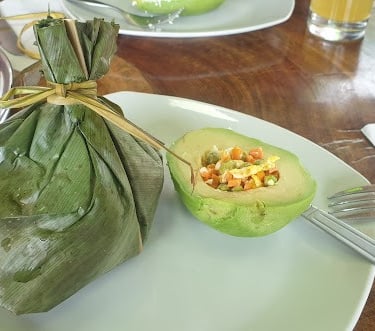
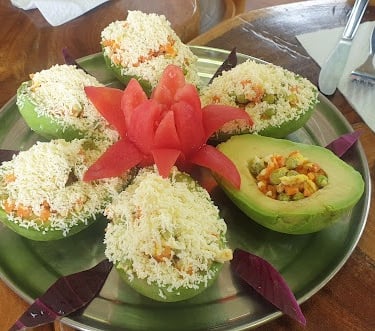
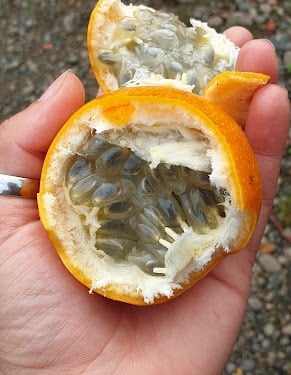
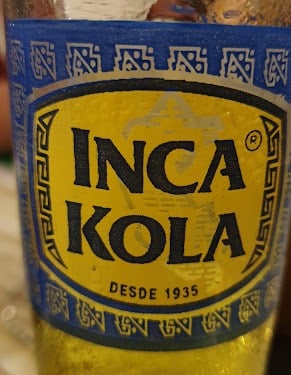


Nature's Majesty: The Landscape of Peru
Peru is a nation blessed with an extraordinary blend of landscapes, offering a dramatic showcase of nature's artistry. From the jagged peaks of the Andes Mountains that display their rugged elegance to the vibrant greenery of the Amazon rainforest, the country is a testament to nature's majesty. Each region presents a unique ecological narrative, rich in biodiversity and profound beauty.
The Andes serve as the spine of the country, offering exhilarating hiking trails such as the renowned Salkantay Trek, known for its breathtaking vistas and challenging terrain. This trek allows adventurers to ascend to elevations over 4,600 meters, where they are greeted by glacial lakes and majestic snow-capped mountains. As the sun rises, the golden light paints a stunning palette across the rugged landscape, evoking a deep sense of wonder and introspection. The trek weaves through traditional Andean villages, where the local culture embraces the spiritual connection with the land, evident in their customs and reverence for nature.
In contrast, the Amazon rainforest beckons with its lush foliage and vibrant wildlife. As one of the most biodiverse regions on the planet, the Amazon is home to countless endemic species, including exotic birds, colorful butterflies, and elusive mammals. Trails here lead into thickets of towering trees and cascading rivers, where both the sights and sounds envelop one in a symphony of nature. Guided tours and excursions provide immersive experiences, showcasing the profound relationship the indigenous communities have with their environment, cultivating a deeper appreciation for conservation and the integral role nature plays in their lives.
The interplay of the Andes and the Amazon symbolizes Peru's diverse ecosystems, inviting travelers to embrace the serenity and splendor of a landscape that remains both revered and vital to its people. Peru's natural beauty is not just a backdrop; it is a living narrative that unfolds, encouraging exploration and respect for the environment. Each step taken here reveals the awe-inspiring wonders of nature that continue to captivate hearts and minds.
A Tapestry of Time: Peru's History
Peru boasts a rich and captivating history that dates back thousands of years, woven together by diverse cultures and civilizations. One of the most notable among these is the Inca Empire, which emerged in the early 15th century and became the dominant political and military force in the region. The Incas, known for their remarkable architectural achievements and advanced agricultural techniques, established an extensive network of roads and diverse agricultural terraces that remain a marvel of human ingenuity. Their legacy is best exemplified by the iconic archaeological site of Machu Picchu, often referred to as the "Lost City of the Incas." Nestled high in the Andes Mountains, this UNESCO World Heritage Site serves as a time capsule, offering insights into the sophisticated societal structure of the Inca civilization.
The Sacred Valley, located just a short journey from Machu Picchu, also bears witness to Peru’s historical tapestry. It was not only the heart of the Inca Empire but continues to be a hub of traditional Andean culture. Visitors to the valley can explore various archaeological sites, including Pisac and Ollantaytambo, each revealing remnants of Inca architecture and agricultural innovation. The picturesque scenery coupled with the historical significance creates an enchanting experience that draws travelers from around the globe.
Further south lies Puno, known for its location near Lake Titicaca, the highest navigable lake in the world. The region is rich with indigenous cultures, including the Aymara and Quechua people, who maintain their traditions and practices to this day. In Puno, one can discover the stories of ancient peoples and their intricate relationship with the lake, which has been a vital source of sustenance and spiritual significance. The interplay of history and culture in Peru transforms the journey through these sites into a vivid experience, where the echoes of the past resonate amid breathtaking landscapes.
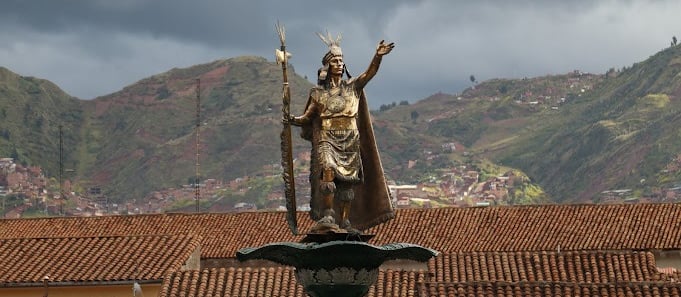

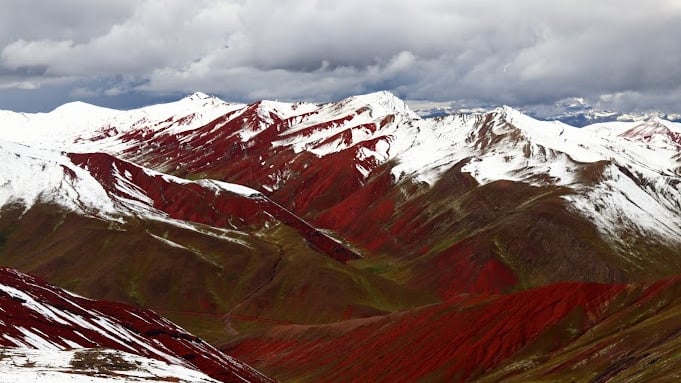

Itinerary for Adventurers: Hiker's Delight and the Leisurely Path
Peru is a treasure trove of adventure, culture, history, and natural beauty, offering something for every type of traveler. Whether you're a hardcore hiker chasing mountain summits or a laid-back explorer seeking cultural immersion and culinary delights, this country can accommodate your every need. However, with so much to see and do, good organization is key. From ancient ruins and vibrant cities to stunning landscapes and unique wildlife, planning your itinerary in advance will help you make the most of your time.
Check out in Travel Itineraries to find lists of carefully curated itineraries for both hikers and non-hikers, ensuring there’s an option for every traveler to enjoy Peru their way!
What to Do Before You Go
Planning ahead is key to making your trip to Peru seamless and enjoyable. Here’s a checklist to ensure you’re fully prepared for the adventure ahead:
1. Secure Necessary Documents
Passport: Ensure your passport is valid for at least six months beyond your planned departure date.
Visa: Most travelers don’t need a visa for stays of up to 90 days, but check specific requirements for your country.
Permits:
If trekking the Inca Trail, book permits 4-6 months in advance.
Machu Picchu entrance tickets also sell out, so secure them early.
2. Research and Book in Advance
Flights: Domestic flights between major cities like Lima, Cusco, and Arequipa are common. Book early for the best prices.
Accommodations: From luxury hotels to guesthouses, options fill up quickly during peak season.
Tours: Reserve guided tours for popular destinations such as Colca Canyon, Manu National Park, or Lake Titicaca.
3. Health Preparations
Vaccinations:
Recommended vaccinations include hepatitis A, typhoid, and yellow fever (if visiting the Amazon).
COVID-19 requirements may still apply, so check current protocols.
Altitude Acclimatization:
Cusco, Puno, and other high-altitude areas can cause altitude sickness. Spend 1-2 days acclimatizing and consider bringing altitude medication like acetazolamide.
Travel Insurance: Essential for medical emergencies, flight cancellations, or trekking accidents.
4. Pack Smart
Clothing: Pack for a range of climates:
Lightweight clothes for Lima and the coast.
Warm layers, a hat, and gloves for the Andes.
Waterproof gear for the rainy season.
Essentials:
Comfortable hiking boots and socks.
Sunscreen, sunglasses, and a hat to protect against the high-altitude sun.
Reusable water bottle (with a filter if trekking).
Insect repellent, especially for the Amazon.
Backpack:
Even if you’re not planning to hike, bring a sturdy backpack. The roads in Cusco’s historic center are often uneven, with cobblestones and narrow alleys that make rolling luggage cumbersome. A backpack will be much easier to manage for day trips and navigating these charming but challenging streets.Trekking Items:
Trekking poles, a daypack, and a good rain cover.
Snacks for the trail—think energy bars and nuts.
5. Currency and Budgeting
Currency: The Peruvian Sol (PEN) is widely used. While ATMs are available in cities, carry cash in small denominations for rural areas and markets.
Tipping: Common in Peru for guides, porters, and drivers (10-15%).
6. Plan for Connectivity
Buy a local SIM card for affordable data, or check if your provider offers international plans. Wi-Fi is widely available in urban areas but can be spotty in rural or remote destinations.
7. Prepare for Early Departures
Many treks and tours start before sunrise. Confirm with your hotel if they can pack a takeaway breakfast for you—it’s a common courtesy in Peru.
With the right preparation, you’ll be ready to fully embrace Peru’s natural wonders, vibrant culture, and unforgettable adventures.
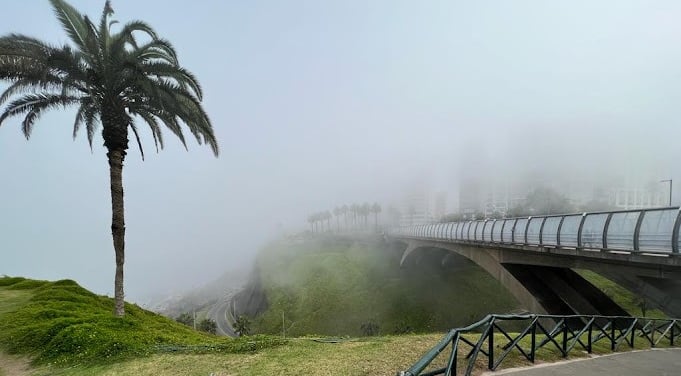

Best Time to Visit Peru
Peru, a country of extraordinary diversity, boasts breathtaking landscapes ranging from the arid Pacific coast to the lush Amazon rainforest and the towering Andes. Deciding the best time to visit depends on your interests, the activities you plan to pursue, and the regions you want to explore. Here's a detailed guide to help you plan your trip.
Peru’s Climate Zones
Understanding Peru’s climate is essential because it varies significantly by region:
The Coast (Lima and beyond): Hot and sunny summers (December to March) and cooler, misty winters (May to September).
The Andes (Cusco, Machu Picchu): Wet and dry seasons dominate; temperatures remain cool year-round.
The Amazon (Iquitos, Manu National Park): Tropical and humid, with rainy and less rainy periods.
When to Visit Peru by Season
Dry Season (May to September)
The dry season, often referred to as the high season, is the most popular time to visit Peru, especially for outdoor activities like trekking.
Pros:
Clear skies in the Andes, making it ideal for trekking and sightseeing.
Machu Picchu and other Inca ruins are most accessible.
Wildlife viewing in the Amazon is easier as animals congregate around rivers and water sources.
Cons:
Higher tourist crowds and prices, especially in Cusco and Machu Picchu.
Cold temperatures at night in the highlands.
Shoulder Seasons (April and October)
The shoulder months are considered hidden gems for travelers seeking balance.
Pros:
Fewer crowds and moderate prices.
The landscapes are lush from the recent rains, particularly in April.
Excellent trekking conditions without the peak-season rush.
Cons:
Some trails may still be muddy, particularly in April.
Rainy Season (November to March)
The rainy season is ideal for those who enjoy solitude and lush greenery.
Pros:
Machu Picchu and the Sacred Valley are quieter.
The Amazon rainforest is at its most verdant.
Festivals such as Carnival (February) offer a rich cultural experience.
Cons:
Trekking trails, including the Inca Trail, can be challenging or closed (February).
Increased risk of flight or road disruptions due to weather.
Best Time for Specific Activities
Trekking in the Andes
The dry season (May to September) is the best time for trekking. Whether you're hiking the Inca Trail, the Salkantay Trek, or other routes, the weather is favorable.
Visiting Machu Picchu
Machu Picchu is open year-round, but for clear views and comfortable conditions, visit during the dry season. Early mornings or late afternoons offer fewer crowds.
Exploring the Amazon
Wildlife sightings peak during the dry season (May to October), but the rainy season (November to March) offers better opportunities for boating as rivers swell.
Coastal Adventures
The Peruvian summer (December to March) is perfect for enjoying Lima's beaches or surfing in Mancora.


Our Personal Journey Through Peru: A Dream Adventure
Our Peruvian adventure began in Lima, and it was the perfect introduction to a country full of rich history, vibrant culture, and unforgettable experiences. Here's a look at how we explored this incredible country, from its coastal capital to the highlands, jungle, and beyond.
Lima: Culinary Capital
We arrived in Lima, staying in the vibrant neighborhood of Miraflores, and immediately felt the energy of the city. Lima, known for its world-class cuisine and picturesque coastal views, was the perfect place to start our journey.
On our first day, we stayed close to Miraflores, wandering through its charming streets, exploring the Larcomar shopping center perched on the cliffs, and enjoying the views of the Pacific Ocean. The area felt modern yet full of history, with trendy cafes and shops tucked alongside art galleries and parks. We strolled along the Malecón, a scenic path along the cliffs, and marveled at the stunning sunset over the ocean.
We couldn’t resist trying Lima’s signature dish, ceviche, and headed to La Mar, a well-known cevichería. The freshness of the fish and the bold, tangy flavors made it the perfect introduction to Peru's culinary scene. Later, we stopped by El Cordano for a Pisco Sour and some churros, a delightful treat to end the day.
Spending our first day just exploring Miraflores was a wonderful way to ease into the trip. The coastal vibes, lively atmosphere, and delicious food were the perfect start to our Peruvian adventure.
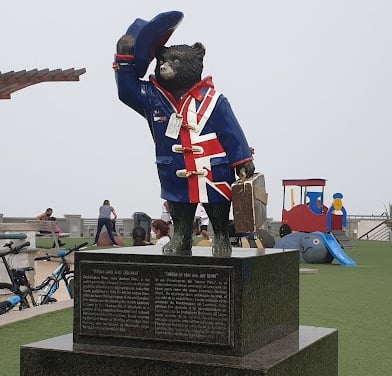

Cusco & The Salkantay Trek
After our time in Lima, we flew to Cusco, the historic heart of the Andes and the gateway to the Sacred Valley. We took a couple of days to acclimate to the high altitude before setting off on our trek.
We explored Cusco’s Sacsayhuamán, the massive Inca fortress that offers panoramic views of the city. The San Pedro Market was a lively spot, where we tasted local fruits and picked up handmade souvenirs. We spent time in Plaza de Armas, where we admired colonial-era buildings and enjoyed the buzzing atmosphere of Cusco’s central square.
After acclimatizing, we embarked on the Salkantay Trek, a challenging but rewarding adventure. The trek took us through diverse landscapes, from snow-capped mountains to lush cloud forests. Our fantastic guide led us through the dramatic scenery, and each day brought new, breathtaking views. It was an unforgettable journey that pushed us physically while rewarding us with some of the most stunning vistas we’ve ever seen.
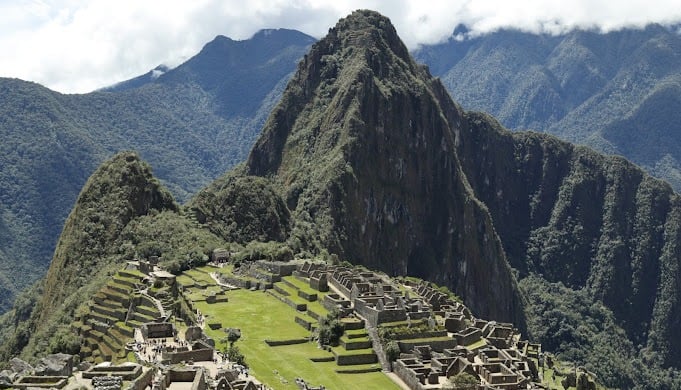

Palcoyo: The Alternative Rainbow Mountain
After conquering the Salkantay Trek, we ventured to Palcoyo Mountain, a lesser-known gem that offers the vibrant colors of Rainbow Mountain without the overwhelming crowds. The journey to Palcoyo was a surreal experience, passing through remote Andean villages and stunning landscapes. At over 4,900 meters, the hike was moderate and accessible, allowing us to fully appreciate the breathtaking views of the rainbow-hued terrain. With llamas grazing nearby and snow-capped peaks on the horizon, Palcoyo was a serene escape and a striking contrast to the bustling trails of Salkantay.
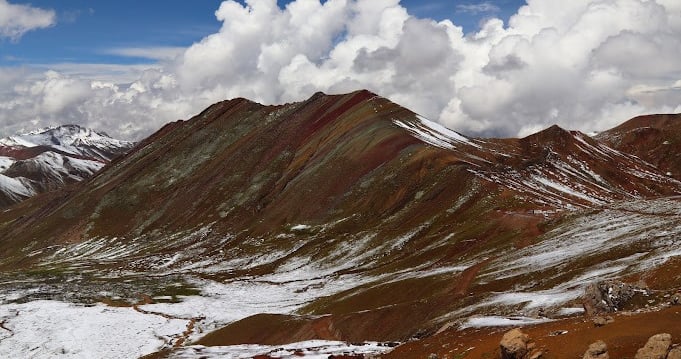

Manu Jungle: Three Days of Amazonian Wonder
The next leg of our trip took us deep into the Amazon rainforest in Manu National Park, a biodiverse haven teeming with life. Over three days, we stayed in charming treehouses with Manu Expeditions, surrounded by the sounds of the jungle. Our guides led us on unforgettable excursions to spot macaws, river otters, monkeys, and even caimans. The sheer richness of wildlife was astounding, and the opportunity to learn about indigenous cultures and conservation efforts added depth to our experience. Waking up to the sunrise filtering through the jungle canopy was an unforgettable highlight.
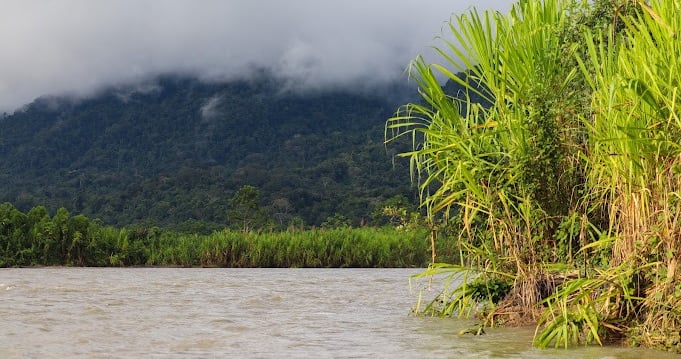

Arequipa & Colca Canyon: A Step Back in Time
Next, we flew to Arequipa, the "White City," known for its colonial architecture and dramatic volcanic backdrop. Visiting the Museo Santuarios Andinos to see Juanita, the famous Ice Maiden mummy, was both humbling and fascinating. This glimpse into the Inca past gave us a deeper appreciation for the region’s rich history.
From Arequipa, we set out for a day trip to the Colca Canyon, one of the deepest canyons in the world. As we gazed at condors soaring effortlessly over the canyon, we were struck by the sheer grandeur of the landscape. It was a humbling reminder of nature’s raw power and beauty.
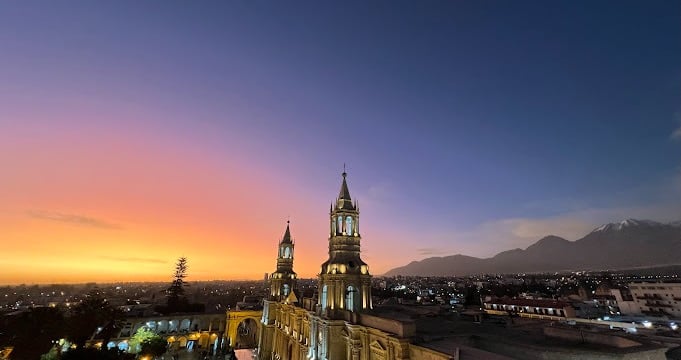

Puno & Lake Titicaca: Cultural Immersion at the World’s Highest Lake
Driving through volcanic landscapes, we reached Puno, the gateway to Lake Titicaca, the world’s highest navigable lake. Over two days, we explored the Uros Floating Islands, constructed entirely of reeds, and stayed with a lovely local family on Taquile Island. The hospitality of the locals, their intricate textile art, and the tranquil beauty of the lake left a lasting impression. The sunsets over Lake Titicaca were nothing short of magical, painting the water and sky in hues of gold and pink.
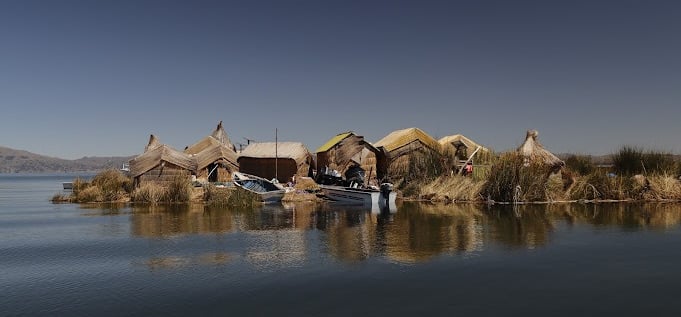

Back to Lima: A Grand Finale
Returning to Lima felt like coming full circle. With one final day in the capital, we delved deeper into its historic neighborhoods, exploring Barranco with its bohemian charm and sampling even more of the city’s world-class cuisine. It was the perfect way to end a journey that had taken us from the heights of the Andes to the depths of the Amazon and beyond.
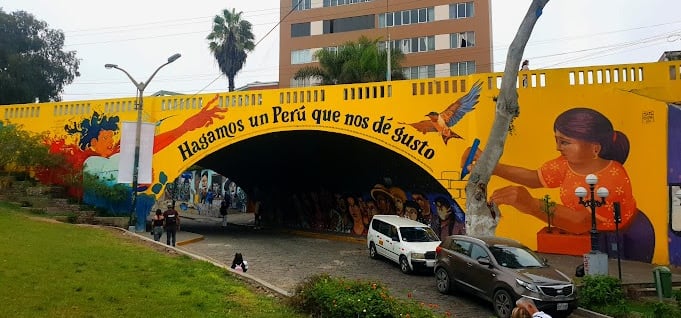

Every moment in Peru was an adventure, each destination offering a new perspective on this extraordinary country. Whether you’re seeking cultural immersion, natural wonders, or heart-pounding treks, Peru has it all. For detailed stories, tips, and insights about each part of our trip, be sure to check out the full blog!
Ready for your Peruvian adventure? Let me know in the comments if you have questions or need tips!
